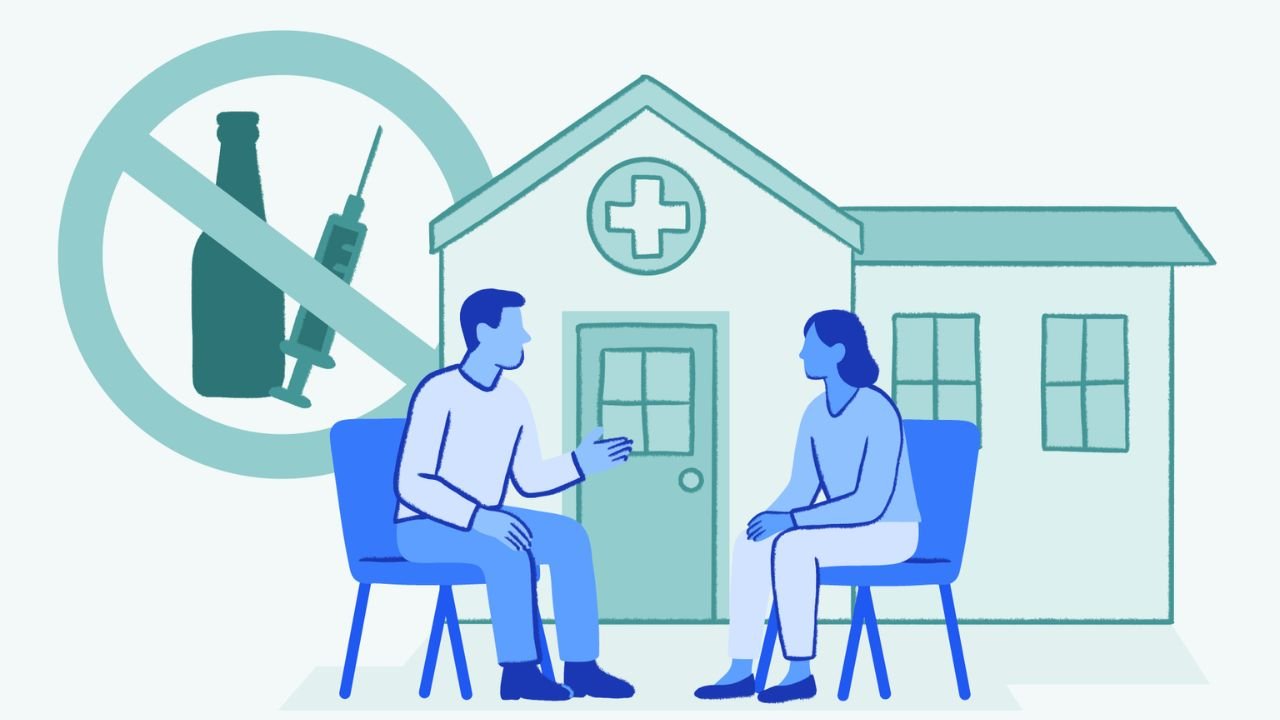Women live with a kind of constant cultural surveillance that rarely gets named out loud. Expectations pile up in ways that look subtle from the outside but feel heavy when you are the one carrying them. That pressure can steer the path into addiction differently for women, and it often shapes how recovery unfolds too. This is not about weakness. It is about the reality of how social forces land on women’s lives and bodies. When we talk honestly about those pressures, the conversation stops being abstract and starts being useful.
Why Social Pressure Changes the Picture For Women
Women rarely move through the world without being evaluated for how they look, how they mother, how they age, how they feel, or how they cope. Those invisible demands can build into chronic stress that lingers under the surface. Many women are expected to stay composed and pleasant even when the load is unbearable, and that expectation alone can become its own kind of strain. The pressure to hold everything together, at home and at work, often pushes women to turn inward rather than seek help early. When that happens, substance use can feel like a temporary release valve. It is not a character flaw. It is a response to relentless expectations that never seem to let up. Recovery becomes stronger when we stop pretending those expectations are small.
Life Changes That Hit Harder Than Anyone Admits
Women experience major life transitions differently, partly because so many of those transitions are tied to caregiving or identity in a way that culture rarely acknowledges. Moving through divorce, childbirth, menopause, job loss, or even the ongoing weight of caretaking for aging parents can create emotional strain that goes unnoticed by everyone except the woman living it. These transitions can shake the ground under her daily routine, and when support is thin, substances can feel like the only thing that quiets the noise. Healing improves dramatically when women hear that these pressures are real and valid and shared by others. It also helps when treatment centers understand that these shifts are not side notes, but core parts of the recovery landscape.
Why Certain Treatment Approaches Work Better For Women
Plenty of women avoid getting support because they assume treatment will not account for the realities of their lives. When programs do not address trauma, caregiving responsibilities, or financial strain, women do not feel seen. That is why some enter care only after their situation becomes truly overwhelming. In these moments, stepping into a safe, structured environment can be life changing. For some women, inpatient womens detox is necessary because it provides stability, privacy, routine, and emotional safety during early recovery. A setting designed with women’s needs in mind can support medical care and emotional processing at the same time, and that dual approach tends to build stronger long term outcomes. Programs that understand women’s social pressures bring a different level of empathy and effectiveness. They help women rebuild without judgment and without the old pressure to prove anything.
How Stigma Still Shapes Women’s Access To Care
Women face a unique kind of stigma around addiction. Judgments about motherhood, appearance, responsibility, and emotional control show up quickly and often unfairly. These ideas can block women from asking for help when they need it. Some feel afraid they will be labeled or dismissed, while others fear consequences in their relationships or workplaces. Stigma can act like a wall that keeps women isolated, and isolation is where addiction thrives. Tackling stigma means shifting public language and tone, encouraging earlier conversations, and normalizing the idea that women deserve care without shame. Everyone benefits when women get support sooner, because recovery strengthens entire families and communities.
Why Support Systems Matter More Than People Think
True healing tends to grow faster when women have circles around them that offer real encouragement instead of pressure. Support can mean family, friends, community, treatment professionals, or a mix of all three. It works best when women feel understood rather than managed. Practical help matters too, whether it is someone watching children during appointments or a workplace offering time for recovery needs. Sometimes the presence of one steady person can shift the whole recovery arc. Support does not remove the hard parts, but it does help women stop carrying them alone. When women have space to heal without judgment, their confidence rebuilds from the inside out.
Stepping Forward
When women recognize the social forces that shaped their path into addiction, something powerful happens. The pressure that once felt personal and isolating starts to make sense in a broader context. That understanding does not erase the challenge ahead, but it does replace shame with clarity. Women heal more steadily when treatment is tailored to their realities, when stigma loosens its grip, and when support shows up in honest and consistent ways. Moving forward becomes easier when the weight of expectation finally lightens, and when women are met with respect for the strength they have shown for far too long.



